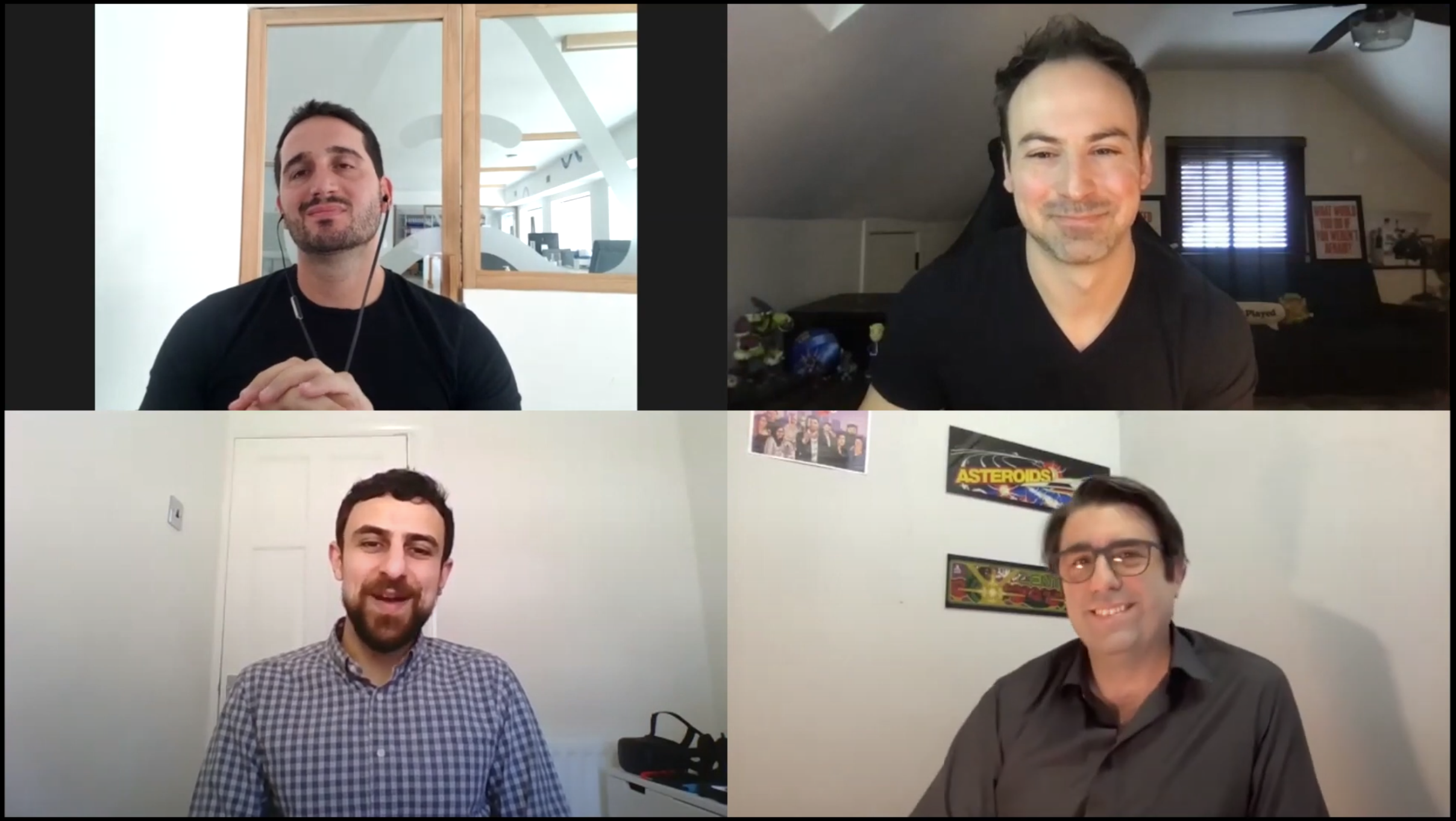Mobile games trends 2021: key takeaways from MEF’s webinar

AdInMo’s CEO Kristan Rivers recently participated in a industry discussion hosted by MEF and moderated by Omdia’s Senior Games Analyst George Jijiashvili, discussing key trends in mobile games.
He was joined by Jonathan Stringfield, VP Global Business Marketing, Measurement & Insights, Activision Blizzard Media and Juan Francisco Di Nucci, CEO, AWG. Here, we round up some of the key takeaways from the discussion.
1. Mobile games contribute up to 70% of total spend across all games platforms and according to industry analysts Omdia is expected to generate about $130B in 2025. (George Jijiashvili)
2. Game developers are thinking about new ways of monetizing mobile games both due to the influx of gamers during the pandemic and industry changes that are happening. “In AdInMo’s survey with Pocket Gamer last year – almost half of game developers said that they were already seeking new monetization methods.” (Kristan Rivers)
3. Cloud gaming contributes less than 1% of the total games revenue, however Omdia analysts predict that this could grow to as much as 7.5% ($12B) by 2025. The ongoing 5G technology rollout is supporting this growth and Omdia expects 30% of global mobile network subscriptions to be 5G in five years’ time. (George Jijiashvili)
4. Mobile, PC and console are all growing considerably, however the biggest growth is in mobile. There is therefore no surprise that with the increasing attention on games that were formerly AAA console or PC exclusive titles are now starting to matriculate through to mobile. (Jonathan Stringfield)
5. Subscriptions are a growing trend in gaming and mobile gaming. Omdia report that within the 15 top grossing mobile games in 2020, 8 games utilized subscriptions. (George Jijiashvili)
6. Transacting with customers has to make sense within the context of what the experience the player is looking for. This means game developers need to understand what players want and what they are looking to get out of the experience. Using the monetization method that is the “least obtrusive but most beneficial to the player is going to be the right one almost 100% of the time” (Jonathan Stringfield)
7. “Games are older than the culture” according to Juan Francisco Di Nucci: “Brands are adopting games as a marketing tool to promote their loyalty and their relationship with their customers. What they find in games, including eSsports, is a way to access customers and to give them a little bit of fun and entertainment themselves while at the same time generating a strong advertising impact without falling into the hated traditional advertising.” (Juan Francisco Di Nucci)
8. Changes in the industry [such as IDFA going away] open up new opportunities for advertisers to engage with audiences in a meaningful way but the metrics will have to change. The advertising industry needs to move away from ‘the curse of the click’ and think about metrics such as recall, awareness, top of mind, affinity and intent. (Kristan Rivers)
9. The industry got very enamoured with upfront targeting and things like tracking via click through or otherwise. However, the industry had “lost track of what we are really trying to focus on for core business metrics and processes”. The micro/obtrusive targeting that the IDFA allowed for wasn’t as effective as we thought it was and forthcoming changes “ is forcing a bit of a healthy reset”. (Jonathan Stringfield)
10. Gaming can succeed and thrive as it has a lot of attributes that any given advertiser would want as a baseline. It is brand safe, has high quality environments with lots of engagement that will pay dividends in terms of business outcomes assuming you are looking through the right aperture measurement. (Jonathan Stringfield)
To watch the full recording of this industry discussion, visit MEF’s website here.
More…
Meet us at HIT Games Berlin 2025
Team AdInMo are super excited to be heading to Berlin for the HIT Games Conference on 24th–25th April. As part of our ongoing mission to help game developers and publishers innovate their hybrid monetization strategies , we’ll be participating in the roundtable...
Game Makers Are Doubling Down on Hybrid Monetization – Here’s Why
Key takeaways from our recent Gamesforum "Mobilize and Monetize" podcast discussing how in-game is driving monetization evolution.The Shift Towards Hybrid Monetization According to AdInMo and Gamesforum's report, 72% of game developers were planning to advance a...
A/B Testing Your InGamePlay Placements
Testing InGamePlay ad placements to understand the full potential and optimize implementation is always recommended. You can enable sandbox mode for device testing and set-up A/B tests to understand impact on your key metrics. Here’s a useful case study from our...



